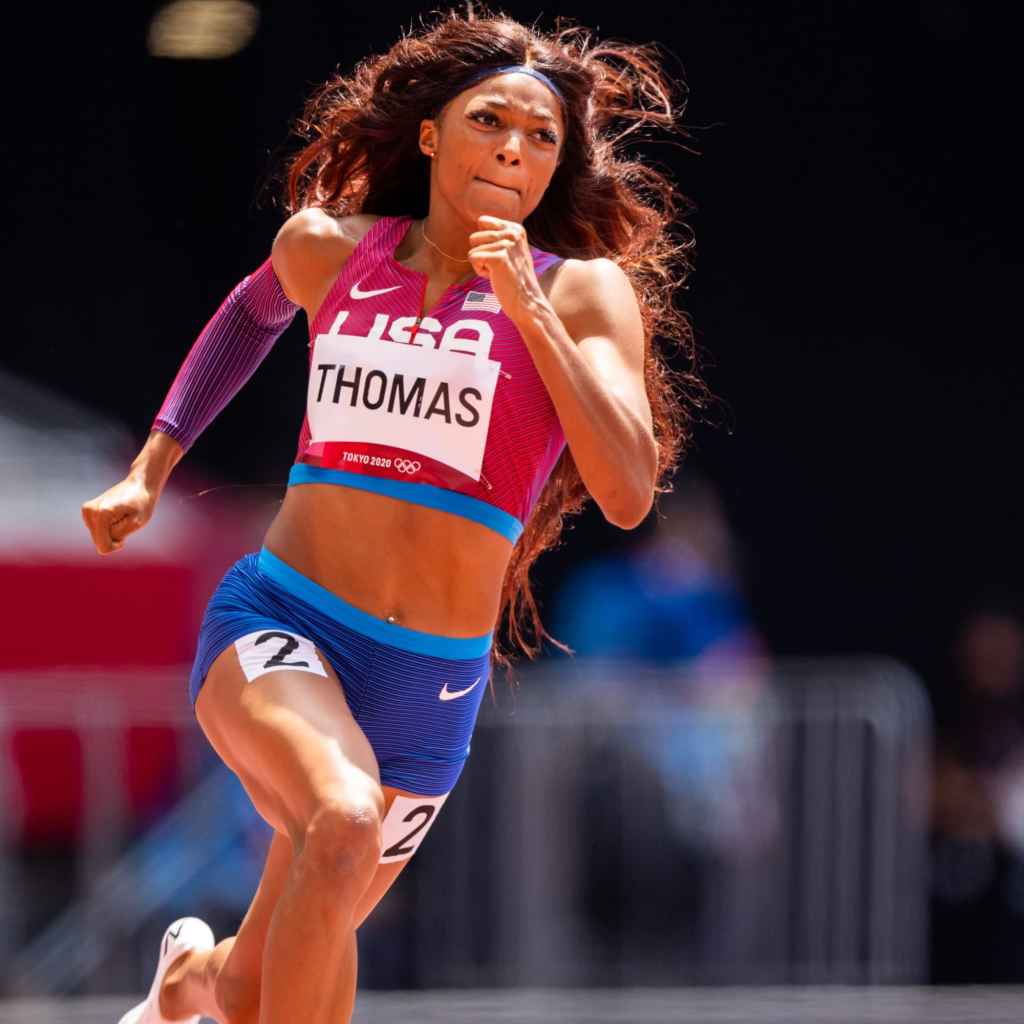I’m not a runner by any means, but I still love watching Olympic track and field. Every Games I’m more and more impressed by what these athletes can achieve. While there’s a lot of training that goes into developing that kind of speed, I’ve learned that there are also some things runners can do on race day to better their chances, from getting off the starting blocks quickly to wearing compression sleeves. Yes, those sleeves on their arms or legs serve a purpose – and to an extent, they may be just as crucial to runners as swim caps are to swimmers or as chalk is to gymnasts.
Research suggests that compression clothing – including sleeves worn on the arms or calves – may help reduce pain and inflammation, and delay muscle fatigue. The effect probably isn’t significant enough to propel a runner to the podium, but in theory, the compression should help clear out the lactic acid that builds up in the muscles, which can help prevent cramps and fatigue during the race and even allow a runner to recover faster. While you’ll notice both sprinters and long distance runners sporting compression sleeves, they’re more common amongst the latter. This is because long distance runners are more susceptible to muscle fatigue during a race.
During the Olympics, you may notice athletes doubling up on compression sleeves, wearing one on each arm or leg, depending on the type of support they feel they need. Allyson Felix wore compression sleeves on both calves during the 2016 Rio Olympics, for example. Ultimately, it comes down to what will make an athlete feel most comfortable and confident during a race, because staying healthy and safe is always the top priority.
Related: Intrigued and Confused by the Water Jumps in Steeplechase? Here’s Why They’re Part of the Race

